What is the story behind the research and development of coffee beans in Starbucks Parker Market?
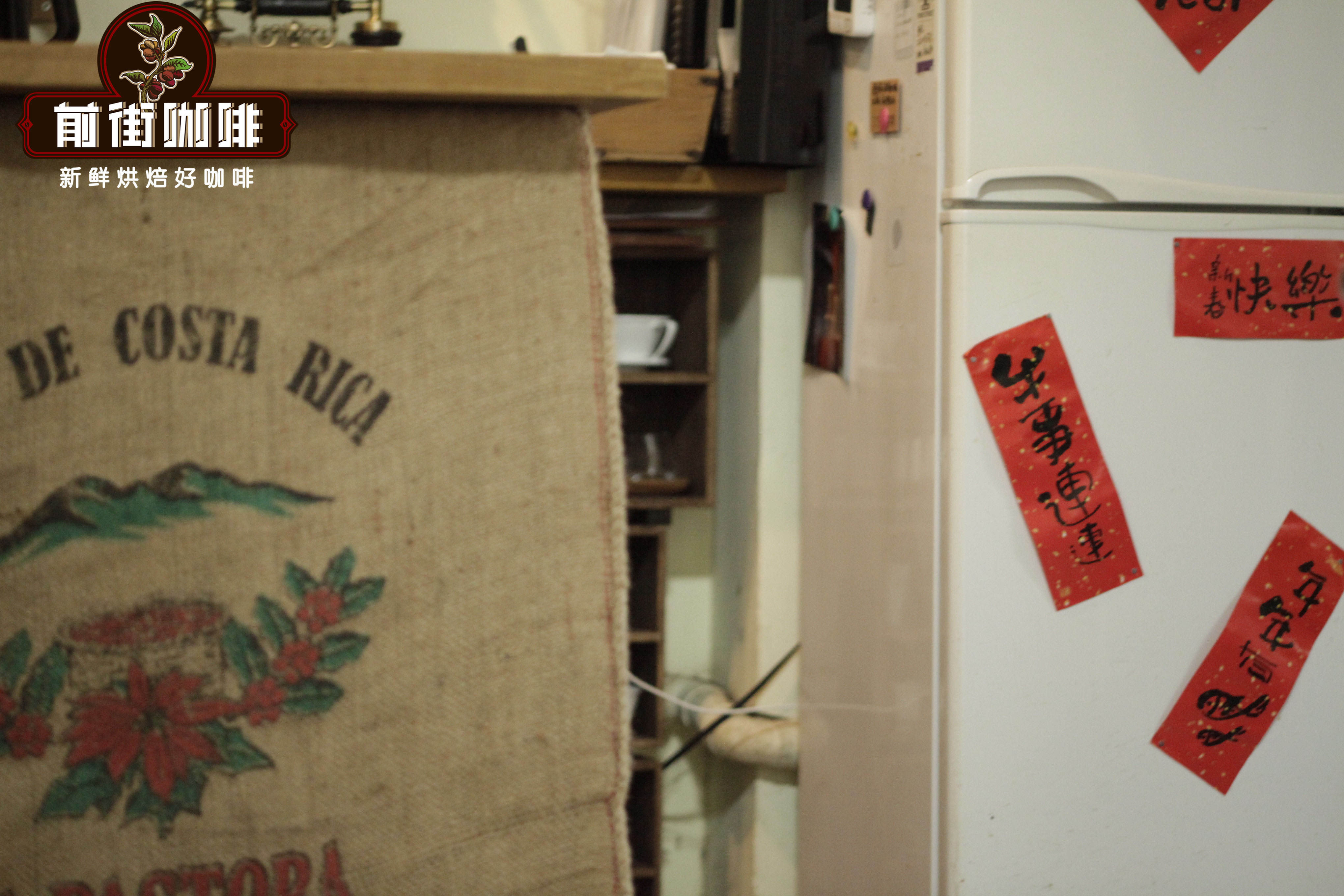
Professional coffee knowledge exchange more coffee bean information please follow the coffee workshop (Wechat official account cafe_style)
When it comes to Starbucks' freshly brewed coffee, it is actually the common black coffee without sugar and milk on the market. The most famous coffee beans of Starbucks are Parker Market coffee beans, which are mainly produced in Latin America. Therefore, it also has a typical nutty cocoa flavor and a balanced taste, so it is loved by coffee lovers all over the world. For example, Qianjie Coffee Shop also has a lot of coffee beans from Latin America, so in this article, Qianjie Coffee will take you to learn about the story of Latin American coffee beans and the story behind the research and development of coffee beans in Starbucks Parker Market.

The story behind the research and development of coffee beans in Starbucks Parker Market
According to Qianjie Coffee, the reason for the birth of roasted coffee beans in Pike Market is that at that time, Starbucks stores in the United States changed the types of freshly brewed coffee every day, allowing customers to experience different flavor combinations. But the reality is different from what Starbucks expected. Through market research, the team gradually realized that many customers do not know what kind of coffee beans we change every day. So, when a gentleman orders a cup of freshly brewed coffee on his way to work every morning, it tastes different every time! He can't help thinking that the quality of Starbucks coffee is unstable. Some guests feel that Starbucks' deep-roasted coffee is too strong.
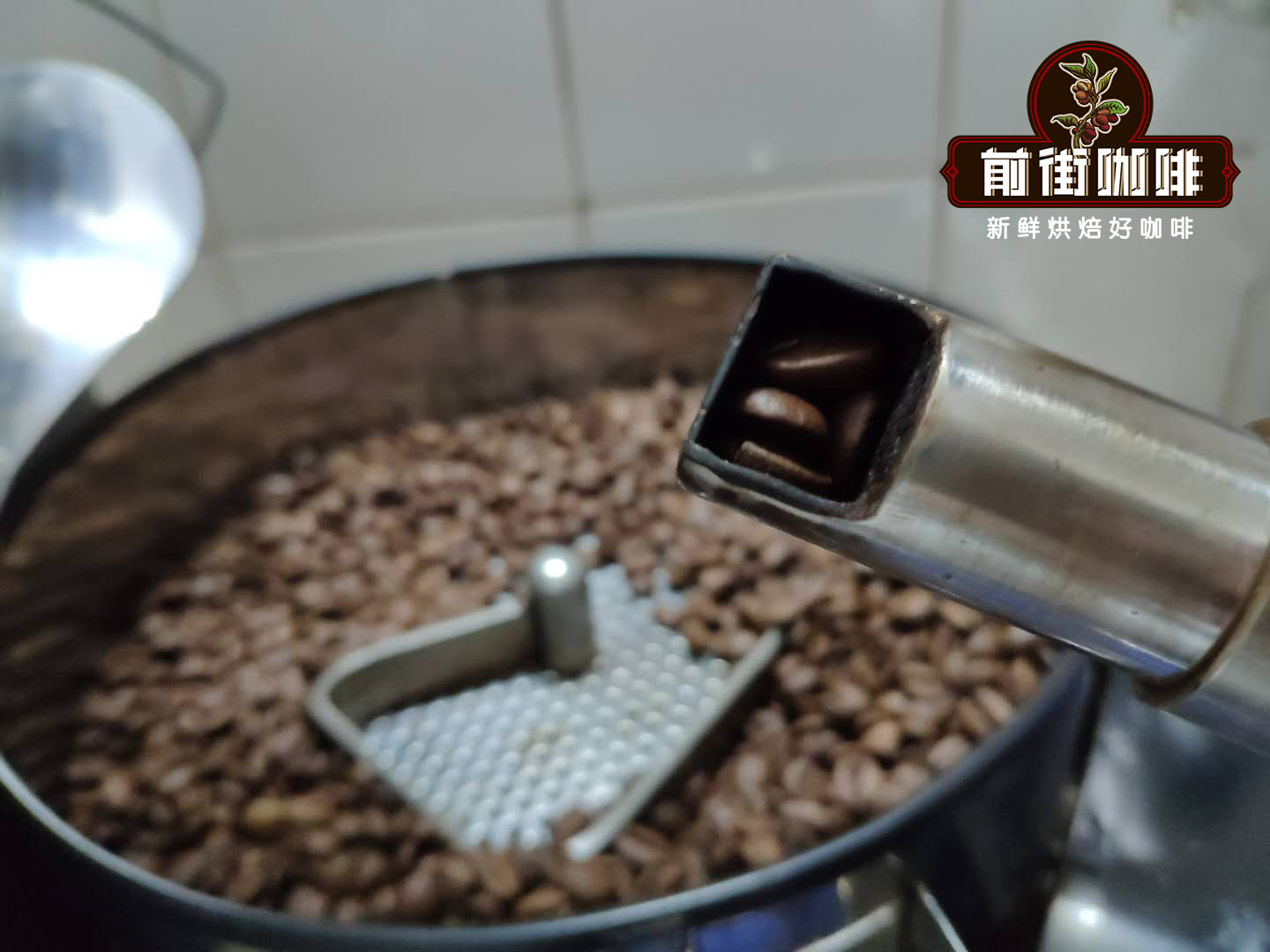
It is against this background that in a "Consumer Taste Survey" report in 2007, Starbucks ranked behind McDonald's in coffee, which is incredible. So Starbucks began to develop the current Parker market coffee beans, and the first recipe to try were Colombian and Guatemalan coffee beans, and finally developed this Pike market roasted coffee beans through many adjustments. The source of the name is also to continue the name of the first store in Park Market in Seattle.
This shows how important it is to have a cup of coffee with stable quality and flavor, which is why Qianjie Coffee tests coffee beans in various producing areas from time to time. The purpose is to let everyone drink a cup of coffee beans with stable flavor every time they come to Qianjie coffee. And the coffee beans in Latin America are currently the most introduced in Qianjie coffee shops, so what's so special about Qianjie coffee coming to Latin American coffee producing areas below popular science?
Latin American coffee producing area
Latin America refers to the American region south of the United States, including Mexico (North America), Central America, the West Indies and South America. Latin America is the hottest and wettest continent in the world. It is humid and hot at lower elevations and drier at higher elevations.

According to Qianjie Coffee, Latin American coffee originated in the 18th century, when most Latin American countries were deeply influenced by the colonial rule of Spain at that time. Coffee was also introduced during the colonial rule of Spain, so coffee cultivation increased greatly in various countries at that time, but this also made coffee beans lack in quality, until the emergence of the concept of fine coffee. Latin American coffee-producing countries began to pay attention to fine output. At present, coffee beans in Latin America are mainly sold to the United States, followed by Europe and Asia.
As mentioned earlier, the coffee beans in Starbucks Parker Market are Guatemalan coffee beans and Colombian coffee beans, which are located in Central and South America respectively. For example, Qianjie coffee shops also have coffee beans from these two countries, and the flavor is also quite good. For example, Guatemalan coffee beans have a unique smoky feeling, while Colombian coffee beans have a pure nut cocoa flavor, so they are also very popular with coffee lovers.
Qianjie Coffee is often mentioned in previous articles that the flavor of coffee beans mainly depends on its producing environment, coffee varieties and treatment methods. Then Qianjie Coffee will introduce the formation of coffee bean flavor in these two producing areas through these three factors.
Guatemalan coffee

The coffee produced in Guatemala has a special smoky flavor and rich fruit juice taste. The main varieties of coffee are bourbon, Itsuka, Kaddura and Kaduai, and the coffee belt is mainly distributed above 1500 meters above sea level. sitting on tropical rain forests, volcanic geology and changeable micro-climatic conditions.
Guatemala has a total of eight major producing areas, divided into five volcanic producing areas and three non-volcanic producing areas. Five major volcanic areas: Antigua (Antigua), Arcatel Nanguo (Acatenango), Lake Attilan (Atitlan), Mount San Marco (Volcanic San Marcos), Farahan Plateau (Fraijanes). Three major non-volcanic producing areas: Vivette Nanguo (Huehuetenango), Koban (Coban), and New Oriental (New Oriente).
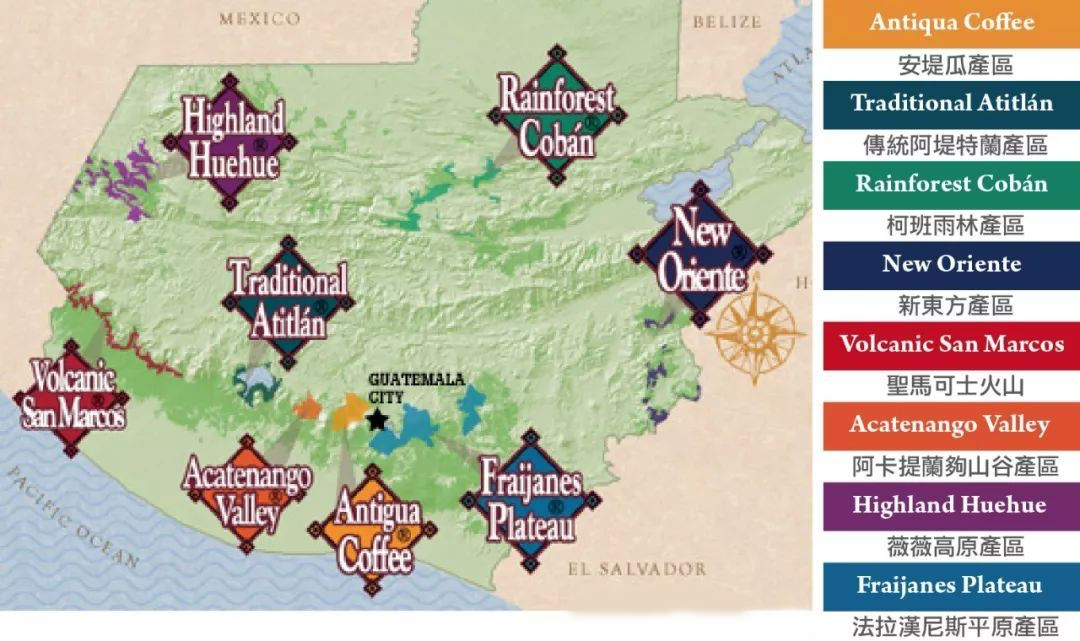
When it comes to Guatemala, the most impressive areas should be Antigua and Vivette Nanguo, which represent the two major producing areas of Guatemala. In the Qianjie coffee rations bean series, there is a Guatemalan Vivette Nanguo. In fact, Antigua is far more famous than Vivette Nanguo, especially four or five years ago, the transaction price of Andigua coffee beans has always been the highest in several producing areas. however, with the development of boutique coffee, the coffee quality produced by Vivette Nan Guo has gradually attracted the attention of coffee lovers, and the situation has gradually changed.
Of course, a good producing area does not mean that all coffee beans produced in that area have high-quality flavor performance. Qianjie Coffee was tested on several Vivetnam fruit-producing beans from different estates and found that one had a distinct rubber flavor, which was seriously divorced from the smoky taste of Guatemala, but an uncomfortable flavor.
Treatment of Guatemalan coffee beans

The treatment in Guatemala is mainly water washing and a small amount of sun exposure. The main difference between the two treatments is that washing treatment can show the basic flavor of a producing area, that is, it can show the most primitive flavor of coffee beans, so Qianjie coffee often says that washing treatment is the beginning of the understanding of the flavor of the producing area. The rule of sun treatment is to add sweet aroma and fermented feeling to this basic flavor.
Guatemalan coffee varieties
According to Qianjie Coffee, Guatemala mainly grows individual coffee beans of bourbon, iron pickup, Kaddura and Kaduai.
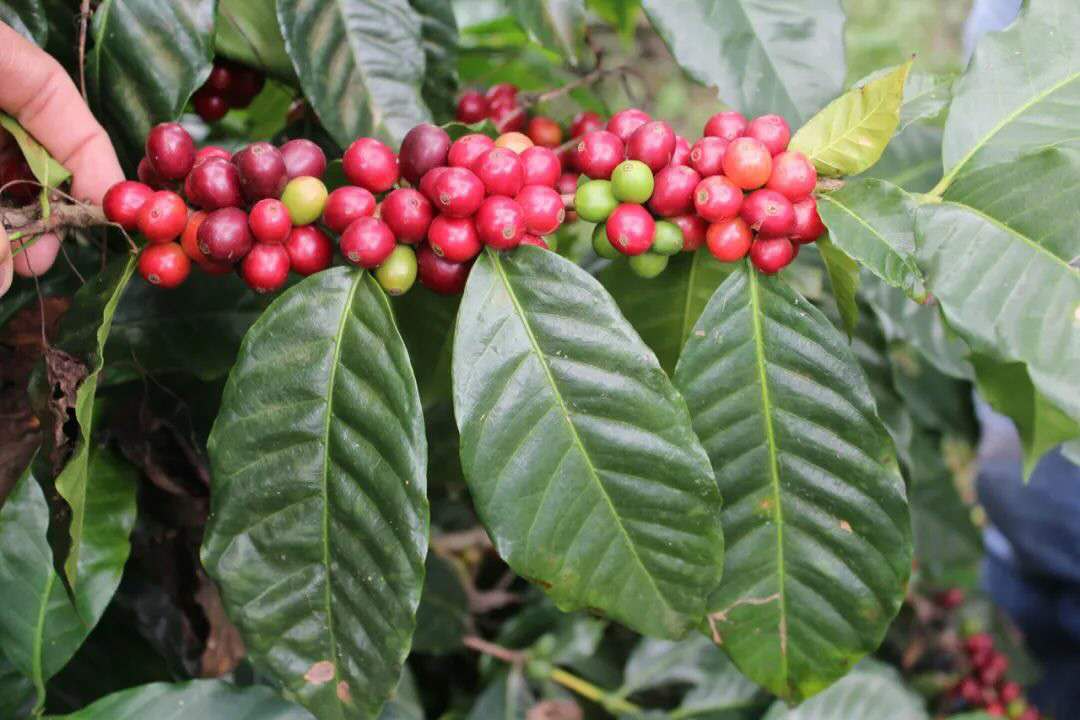
Bourbon: it's a natural variant of the iron pickup. The coffee fruit appears wine red when it is ripe, and the body of the coffee bean is round. Planted in bourbon at high altitude, it usually has a better aroma and bright acidity, and tastes like red wine.
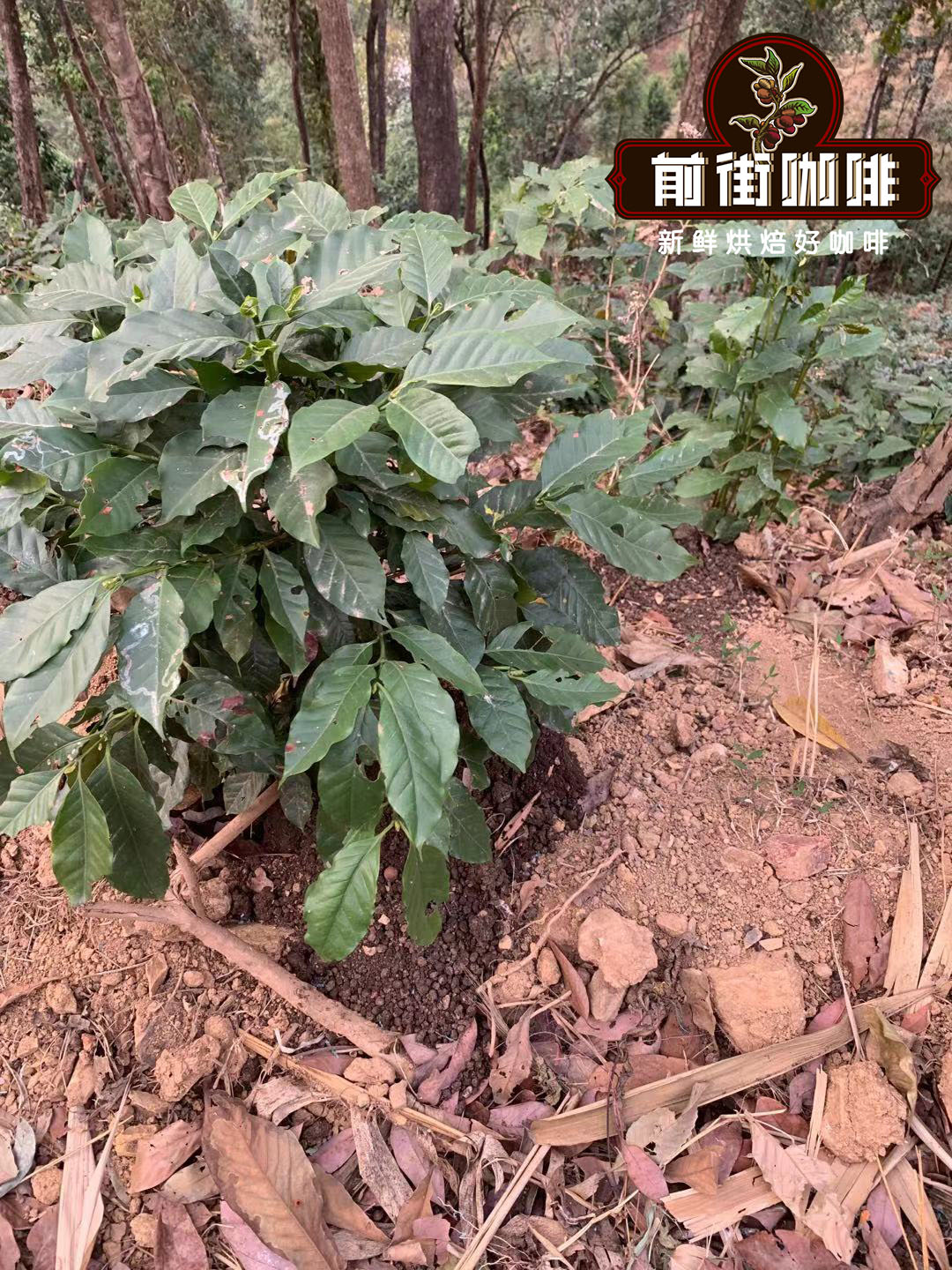
Iron pickup: iron pickup has excellent taste and is recognized as a boutique coffee variety, but its output is extremely low and vulnerable to rust, which requires more manpower management. Tieka Coffee, native to Ethiopia and southeastern Sudan, is the most widely cultivated variety of coffee in the Western Hemisphere. The plant is strong, but it is not resistant to light. The top leaf of the iron pickup is red and copper, which is called Tongding coffee.
Kaddura: a natural variety of bourbon, it was discovered in Brazil in 1937. Its tree is not as tall as bourbon and smaller. Due to inheriting the blood of bourbon, the disease resistance is relatively weak, but the yield is higher than that of bourbon. Although found in Brazil, Kaddura is not suitable for growing in Brazil, so it is not planted on a large scale in Brazil, but is popular in Central and South America, such as Colombia, Costa Rica and Nicaragua. Kaddura is planted on a large scale.

Kaduai: coffee variety artificially crossed by Kaddura and New World (Mondu Novo). Kaduai inherits Kaddura's small trees, which do not need shade, are easy to grow and easy to pick. It also has a better ability to resist natural disasters than the New World. It has a good acidity in flavor. Kaduai generally presents two types of red fruit and yellow fruit.
Among them, the varieties of Antigua Flower God coffee beans introduced by Qianjie Coffee are bourbon and Kaddura, and the overall flavor of coffee beans is also very suitable for the flavor of Guatemalan coffee.
Front street coffee Guatemala Antigua flower god coffee beans

Country: Guatemala
Producing area: Antigua
Altitude: 1200m
Variety: bourbon, Kaddura
Treatment: washing treatment
Flavor: berries, citrus, light flower aromas, soft acidity, chocolate finish
The above is the introduction of Guatemalan coffee beans organized by Qianjie Coffee, and then let's introduce the flavor characteristics of Colombian coffee beans.
Colombian Coffee
Colombia is located in the northwest of the South American continent, bordering Panama in Central America, is located in the tropics, the climate varies according to the topography, is covered with rich volcanic soil, the annual rainfall is 2000 to 3000mm, the climate is mild, the air is humid, and it is the diverse climate that makes Colombian coffee harvested all the year round.
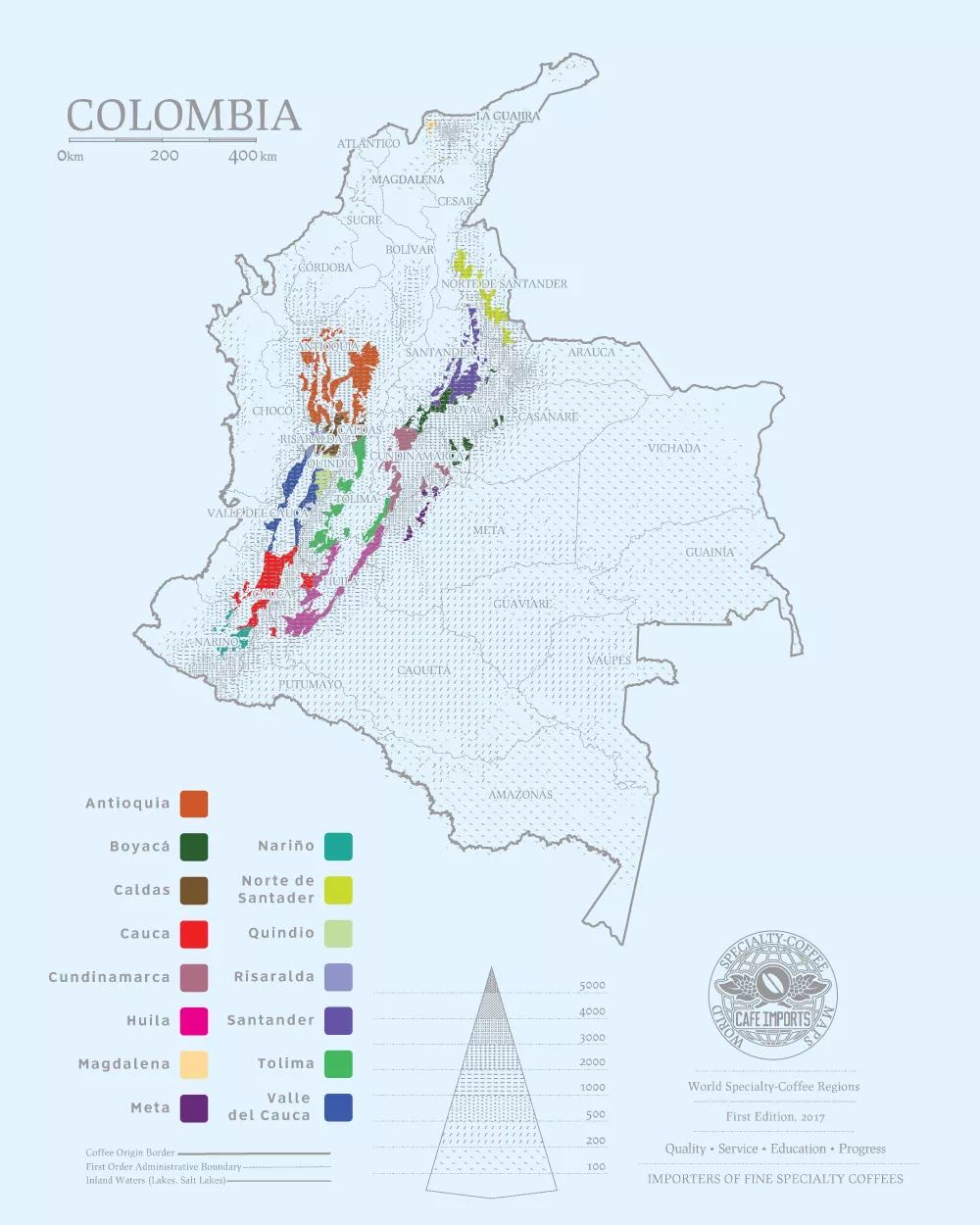
The southern part of the eastern plain of Colombia and the Pacific coast belong to the tropical rain forest climate, the mountains with elevations of 1000-2000 meters belong to the subtropical climate, and the northwest belongs to the savanna climate. Average annual temperature: 15.8-20.5 degrees Celsius. The average temperature in the coffee area will vary between 18 ℃ and 22.5 ℃.
Colombian coffee producing area
According to Qianjie Coffee, Colombia's boutique coffee producing areas are mainly in the south, above 1500m above sea level, mainly distributed in Huilan Province, Cauca Province, Nalinglong and Tolima, all of which have delicate sour aromas and sweet berries.
Colombian coffee variety
According to Qianjie Coffee, it is known that Colombian coffee varieties are mainly bourbon, Kaddura and Kaduai, followed by Castillo coffee beans unique to Colombian coffee producing areas.

Castillo (Castillo) is a new generation of leaf rust resistant coffee developed by the Colombian Coffee producers Association (FNC) and the Colombian National Coffee Research Center Cenicafe. Cenicafe hopes to further improve the variety. In order to achieve a higher coffee yield, with higher resistance, and Kaddura comparable quality and flavor.
After 23 years of research and experiment, Cenicaf é cultivated the fifth generation Castillo and formally promoted commercial planting in 2005. Castillo is famous for its smoothness, aroma and citric acid. According to the blind test results of the Colombian National Coffee Research Center, the flavor of Castillo can reach the flavor quality of Kaddura and bourbon.
But Qianjie has not tasted Castillo coffee beans that are traditionally treated (sun-dried or washed), so they have reservations about whether their flavor is as described by Colombian officials. At present, the Castillo variety on the street is the cherry blossom of Paradise Manor, which shows the aroma of moxa, mint, Eucalyptus, berries and strawberry candy through double anaerobic washing treatment.
Colombian coffee bean treatment
According to Qianjie Coffee, because the Colombian coffee industry system is very mature, there have also been a variety of different treatments of coffee beans, such as water washing treatment, sun treatment, or refined water washing rum barrel fermentation treatment, anaerobic double enzyme water washing treatment and so on, the coffee bean flavor performance is very unique.
However, Qianjie Coffee, which best represents the original flavor of the producing area, thinks that Qianjie Coffee is always washed. Next, Qianjie Coffee will introduce the following Colombian Coffee Bean, which best represents the flavor of Colombian coffee beans.
Front street coffee Colombian Huilan coffee beans

Country: Colombia
Producing area: Huilan
Altitude: 1500-1800 m
Variety: Kaddura
Treatment: washing treatment
Flavor: nuts, dark chocolate, caramel, soft fruit acid
The above is the story compiled by Qianjie Coffee about the research and development of coffee beans in the Starbucks Pike market and the relevant features of coffee beans in Guatemala and Colombia. I hope this article can help coffee lovers who want to know relevant knowledge. in order to choose coffee beans that suit your taste in the future.
For more boutique coffee beans, please add private Qianjie coffee on Wechat. WeChat account: kaixinguoguo0925
Important Notice :
前街咖啡 FrontStreet Coffee has moved to new addredd:
FrontStreet Coffee Address: 315,Donghua East Road,GuangZhou
Tel:020 38364473
- Prev
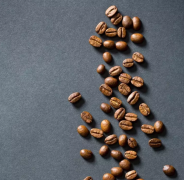
American-made Diedrich Roaster coffee roaster introduces infrared coffee roasting technology
American-made Diedrich Raoster general gas-fueled bean roaster uses open fire to heat air or inner pot (drum), metal heat conduction and hot air to bake coffee, which can be roughly divided into three styles: direct fire, semi-hot air (semi-hot air) and full hot air. Although the alternative baking of infrared heater (Infared Burner) combined with steel plate heat exchanger (Heat Exchange) is rare in China.
- Next

Starbucks "freshly brewed Coffee" and "American Coffee", Florna Coffee introduction
Chen freshly brewed coffee and American coffee this is the Starbucks menu, you can find it on the seasoning table. Note: American coffee belongs to espresso and this week's selection belongs to freshly brewed coffee. From the customer's point of view, for the shop assistant, freshly brewed coffee = BC= featured this week [1], so the following discussion uses the lengthy term BC instead of freshly brewed coffee.
Related
- What is the Philharmonic pressure? How to use Philharmonic pressure to make delicious coffee
- Why does a hand grinder have more fine powder than an electric grinder?
- In addition to the hot mom, what is the difference between the versions of EK43 | ditting and Mahdi ek43?
- What kind of equipment do you need to make coffee by hand? Introduction to novice starter cooking equipment tools
- Espresso needs to be ground how thick and thin scale entry Italian Coffee Machine Bean Grinder investigation and Grinding course
- How much does it cost to open a small private cafe? How much does it cost to learn coffee? How to operate it?
- The difference between the flavor characteristics of hand-brewed coffee and coffee maker is hand-brewed coffee really better than coffee maker? Can I use a coffee machine to make coffee beans by hand?
- The difference between 01 and 02 of hario v60 filter cup what is the difference between 01 and 02 filter cup opening and cooking flavor
- What's the difference between the smart cup and the French kettle? Which is better, the French kettle or the Smart Cup?
- What's the difference between a smart cup and a V60 filter cup? The difference between the taste of smart cup and hand-brewed coffee

